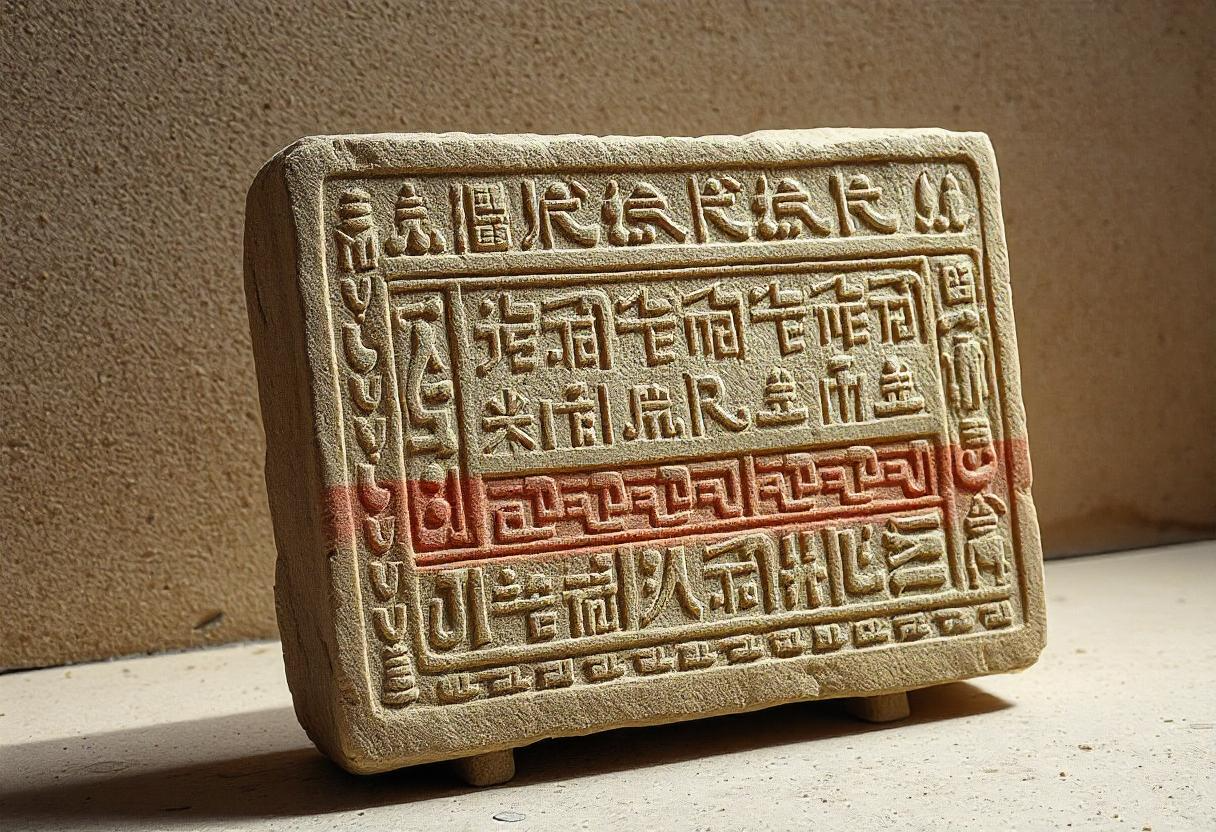Art has been a part of human expression since the dawn of time, offering a window into the cultures, beliefs, and lives of our ancestors. Among the most fascinating chapters in this creative journey lies ancient artz, a term that encapsulates the diverse artistic practices and treasures of early civilizations.
From intricate cave paintings to monumental sculptures, ancient artz tells a story of human ingenuity, spirituality, and resilience. Its influence resonates even today, serving as a source of inspiration for modern art, design, and architecture.
This article delves into the world of ancient artz, exploring its origins, styles, techniques, and enduring legacy.
What is Ancient Artz?
Ancient artz refers to the artistic creations of early human civilizations, dating back thousands of years. These works often served practical, religious, or cultural purposes, and their enduring beauty continues to captivate art lovers and historians.
This term encompasses a wide range of artistic forms, including:
- Paintings: From prehistoric cave paintings to detailed murals.
- Sculptures: Stone, wood, and metal sculptures depicting deities, humans, and animals.
- Pottery and Ceramics: Functional and decorative items with intricate designs.
- Architecture: Majestic structures like pyramids, temples, and aqueducts.
- Jewelry and Textiles: Handcrafted items showcasing exceptional craftsmanship.
By studying ancient artz, we gain insights into the lives, beliefs, and innovations of civilizations that laid the foundation for our world today.
Origins of Ancient Artz
The story of ancient artz begins in prehistoric times when early humans used natural materials to create visual expressions of their thoughts and surroundings.
Key Milestones in Ancient Artz
- Cave Paintings
- Found in places like Lascaux, France, and Altamira, Spain.
- Depict animals, hunting scenes, and symbolic patterns.
- Created using natural pigments like ochre and charcoal.
- The Rise of Civilizations
- Early societies such as Mesopotamia, Egypt, and the Indus Valley developed distinctive art forms.
- Art became a medium for religious expression and storytelling.
- Classical Periods
- Greek and Roman art emphasized realism, proportion, and beauty.
- Innovations like perspective and anatomy studies enriched artistic techniques.
Each era contributed to the rich tapestry of ancient artz, leaving behind a legacy that continues to awe and inspire.
Significance of Ancient Artz in Human History
The importance of ancient artz extends far beyond its aesthetic appeal. It played a vital role in shaping human societies and continues to impact us today.
- Cultural Identity: Ancient artz reflects the traditions, values, and beliefs of different civilizations.
- Communication: In the absence of written language, art served as a means of storytelling and record-keeping.
- Spiritual Expression: Many ancient artworks were created to honor deities and explore existential questions.
- Technological Advancement: Techniques and materials used in ancient artz paved the way for future innovations.
By preserving and studying ancient artz, we honor the creativity and wisdom of our ancestors.
Styles and Techniques of Ancient Artz
Each civilization contributed unique styles and techniques to the world of ancient artz. Here’s a closer look at some of the most iconic examples:
Egyptian Art
- Characteristics: Symmetry, bold colors, and hieroglyphic inscriptions.
- Mediums: Stone carvings, papyrus paintings, and goldsmithing.
- Purpose: Often created for religious or funerary purposes.
Greek and Roman Art
- Characteristics: Focus on realism, harmony, and idealized human forms.
- Mediums: Marble sculptures, frescoes, and mosaics.
- Purpose: Celebrated mythology, politics, and everyday life.
Asian Art
- Characteristics: Spiritual themes, intricate patterns, and calligraphy.
- Mediums: Silk paintings, ceramics, and bronze statues.
- Purpose: Inspired by Buddhism, Taoism, and Confucianism.
Indigenous Art
- Characteristics: Abstract symbols, earthy tones, and connection to nature.
- Mediums: Rock carvings, textiles, and beadwork.
- Purpose: Used in rituals, storytelling, and community bonding.
These diverse styles highlight the creativity and innovation inherent in ancient artz.
Preservation of Ancient Artz
Preserving ancient artz is a challenging yet essential task. Time, natural elements, and human activities pose significant threats to these priceless artifacts.
Methods of Preservation
- Conservation Techniques
- Cleaning and restoring damaged artworks.
- Using non-invasive methods to prevent further deterioration.
- Digital Documentation
- High-resolution scanning to create digital replicas.
- Virtual reality experiences to make ancient artz accessible worldwide.
- Cultural Policies
- Establishing laws to protect heritage sites.
- Encouraging international collaboration for artifact preservation.
Efforts to safeguard ancient artz ensure that future generations can learn from and appreciate these treasures.
How Ancient Artz Inspires Modern Creativity
The influence of ancient artz is evident in various aspects of modern life, from architecture to fashion.
Examples of Its Impact
- Architecture: Modern structures draw inspiration from ancient temples, aqueducts, and amphitheaters.
- Fashion: Designers incorporate motifs and patterns from ancient textiles and jewelry manufacturers.
- Literature and Film: Stories from ancient artz inspire novels, movies, and video games.
By bridging the gap between the past and present, ancient artz continues to fuel human imagination.
Challenges Faced in Studying Ancient Artz
Despite its significance, studying ancient artz comes with several challenges:
- Natural Decay: Many artworks have been lost to time due to weathering and erosion.
- Human Activities: Looting, vandalism, and illegal trade pose serious threats.
- Limited Records: The absence of written explanations leaves some pieces open to interpretation.
To address these issues, researchers rely on advanced tools like carbon dating and 3D modeling to uncover the secrets of ancient artz.
Lessons We Can Learn from Ancient Artz
Studying ancient artz offers valuable lessons for the modern world:
- Sustainability: Ancient artisans often used eco-friendly materials and techniques.
- Cultural Respect: Understanding diverse art forms promotes empathy and appreciation for other cultures.
- Innovation: Ancient artz demonstrates how creativity can thrive even with limited resources.
These lessons underscore the timeless relevance of ancient artz in our lives.
Fascinating Facts About Ancient Artz
Here are some intriguing tidbits about ancient artz that showcase its richness and diversity:
- The Great Sphinx of Giza is over 4,500 years old and remains one of the largest monolithic statues in the world.
- The Lascaux Cave paintings are estimated to be over 17,000 years old, yet their colors remain remarkably vibrant.
- Roman mosaics often contained hidden messages or symbols meant for specific audiences.
- Chinese porcelain from ancient dynasties is still considered a symbol of elegance and sophistication.
- Indigenous rock art in Australia is believed to be among the oldest continuous art traditions globally.
These facts remind us of the ingenuity and vision of ancient artists.
Also read: Vladislava Gagan: The Journey of a Model and Influencer
Conclusion
The world of ancient artz is a testament to the creativity, resilience, and cultural richness of our ancestors. These timeless treasures, spanning thousands of years, continue to teach, inspire, and connect us to the past.
As we study and preserve ancient artz, we honor the artistic legacies that shaped human civilization. From cave paintings to monumental sculptures, this heritage reminds us of our shared humanity and the boundless possibilities of human expression.
FAQs
What is the purpose of ancient artz?
Ancient artz served various purposes, including religious expression, storytelling, and cultural identity.
Which are the most famous examples of ancient artz?
Iconic examples include the Great Pyramids of Giza, the Parthenon, the Terracotta Army, and the Lascaux Cave paintings.
Why is ancient artz important today?
It helps us understand the values, beliefs, and innovations of early civilizations while inspiring modern creativity.
How is ancient artz preserved?
Methods include conservation, digital documentation, and cultural heritage laws to protect artifacts and sites.
What materials were used in ancient artz?
Common materials included stone, clay, metals, natural pigments, and organic fibers.
Can modern technology help preserve ancient artz?
Yes, technologies like 3D scanning, virtual reality, and AI analysis are revolutionizing preservation and study efforts.
What challenges are faced in preserving ancient artz?
Challenges include natural decay, human interference, and limited historical records.



